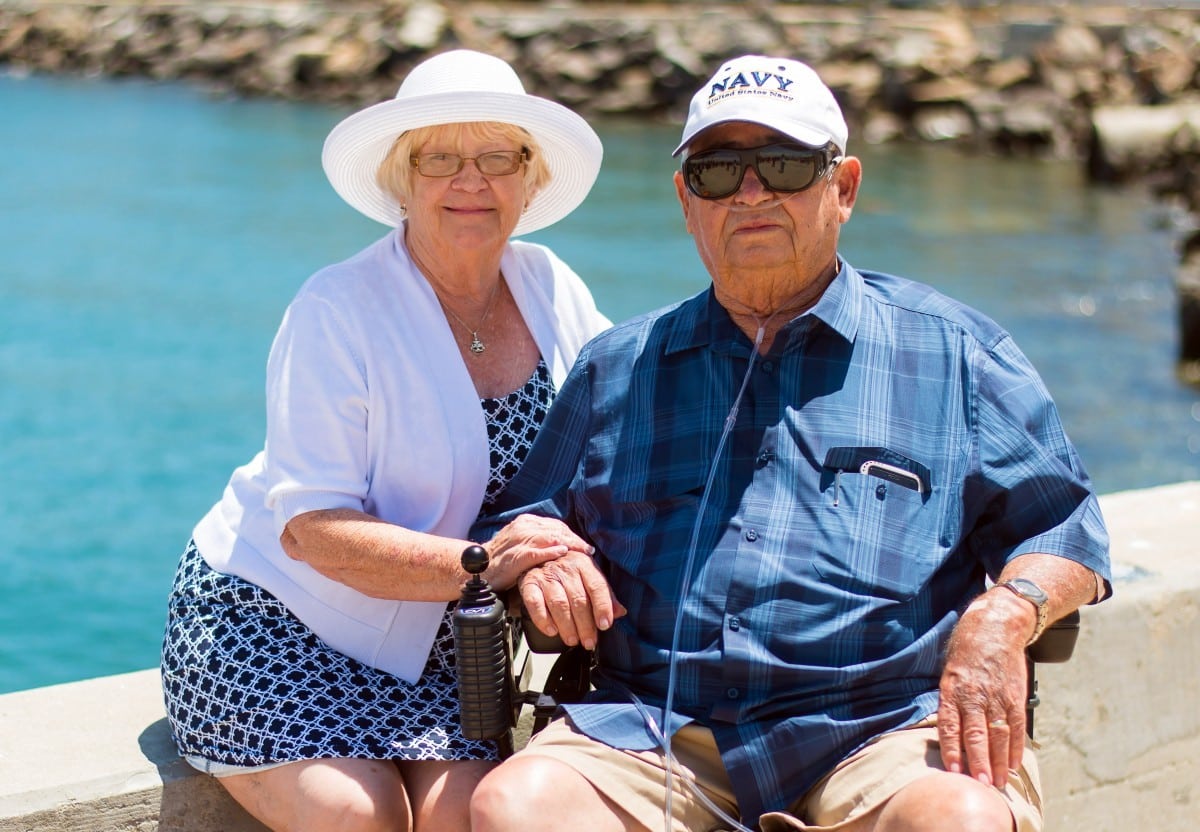This Financial Benefit Can Help Your Veteran Loved One Afford Assisted Living
Our servicemen and women give so much time and energy to protect and serve our country.
Ensuring dignity, ease, and care for veterans as they age is an important part of expressing our gratitude for their service.
However, navigating care in one’s later years can be complicated–from selecting the right care situation to navigating which care options are financially viable.
If you have an aging loved one who is a United States veteran (or is the spouse of a veteran), you may find yourself wondering “How can veterans get help with assisted living costs?”
Fortunately, the Aid & Attendance Benefit can be used to cover assisted living costs for wartime veterans and their spouses–though many families aren’t clear on the details or how to go about securing the benefit.
In this post, we’ll provide an overview of the Aid & Attendance Benefit, who qualifies for it, and how to apply to use it for assisted living services.
The Aid & Attendance (A&A) Benefit
The Aid & Attendance (A&A) Benefit is available to honorably discharged wartime veterans over the age of 65 with 90 days of active duty, and is also available to their surviving spouses.
The exact amount of yearly support depends on the situation. See below for more details provided by Paying for Senior Care…
- $21,531 per year for a veteran with no dependents.
- $25,525 per year for a veteran with a spouse.
- $13,836 per year for a surviving spouse.
According to the U.S. Department of Veteran Affairs, one of the qualifying criteria for eligibility for the Aid & Attendance Benefit is that he or she requires the aid of another person in order to perform personal functions required in everyday living, such as bathing, feeding, dressing, going to the bathroom, etc.
If your loved one requires assistance with activities of daily living–there’s likely a case to be made for him or her to receive the A&A Benefit.
How to Apply for the A&A Benefit
If it sounds as if your loved one may qualify for the A&A Benefit, he or she can apply by writing to the Pension Management Center in the state of residence.
Additionally, you and your loved one can visit your local regional benefit office to file a request. Use the VA Facility Locator to find the local regional benefit office closest to you.
In the application, make sure to include evidence (such as a report from an attending physician) that validates the need for Aid and Attendance.
This way, your loved one can receive the necessary rating by the Department of Veterans Affairs to use the Aid & Attendance Benefit toward assisted living costs.
More specifically, the application for the benefit should…
- Be detailed enough to, as the Department of Veteran Affairs states, “determine whether there is disease or injury producing physical or mental impairment, loss of coordination, or conditions affecting the ability to dress and undress, to feed oneself, to attend to sanitary needs, and to keep oneself ordinarily clean and presentable.”
- Indicate how well he or she gets around and what he or she is able to do during a typical day.
Utilizing these financial benefits can make assisted living an option for your loved one–so don’t hesitate to begin the application process as soon as possible.
If you’re worried your parent can’t afford assisted living, even with the Aid & Attendance Benefit, we have a helpful resource to share. Download our free checklist today to discover how affordable assisted living can be!







